Facel Vega HK 500: One Of The Fastest Four-Seaters Of Its Time
Images: Artcurial Motorcars
Yesterday we featured the Facel Vega Excellence, an exceptional French car from the 1950s. Today, our focus is on another Facel Vega, the sister car to the Excellence—the HK 500, which was reputed to be the fastest four-seater in the world then, with a top speed more than 240 km/h!

The very first model that Facel Vega launched was a four-seater coupe, the FV, which was unveiled at the 1954 Paris Motor Show. The homologation of the new model was completed on 4th February 1955. The car, badged an FV1, featured a rounded roof and a single curved windscreen like that of the Ford Comète, the bodywork of which was also being produced at the Facel factory by Jean Daninos.
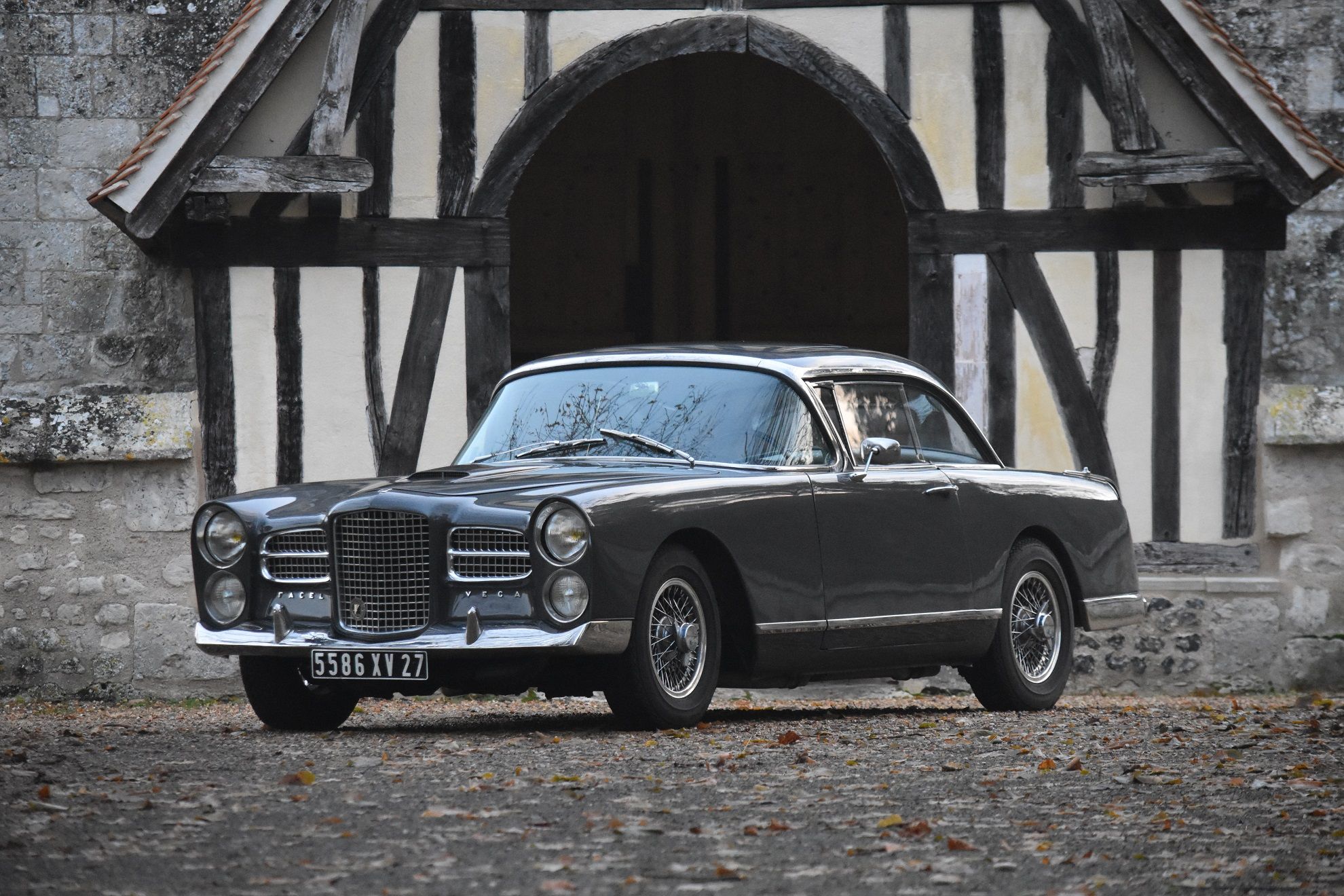
The vertical grille was flanked by a simple grille by a pair of ‘whiskers’ and the headlamps and fog lamps were placed in a trim comprising two small grilles on each side. The rear lamp was recessed at the top of the fenders and the exhaust outlets were incorporated into the rear bumper. The dashboard was covered in leather, which matched the upholstery, and the car had a center console, which was a first for a French car.
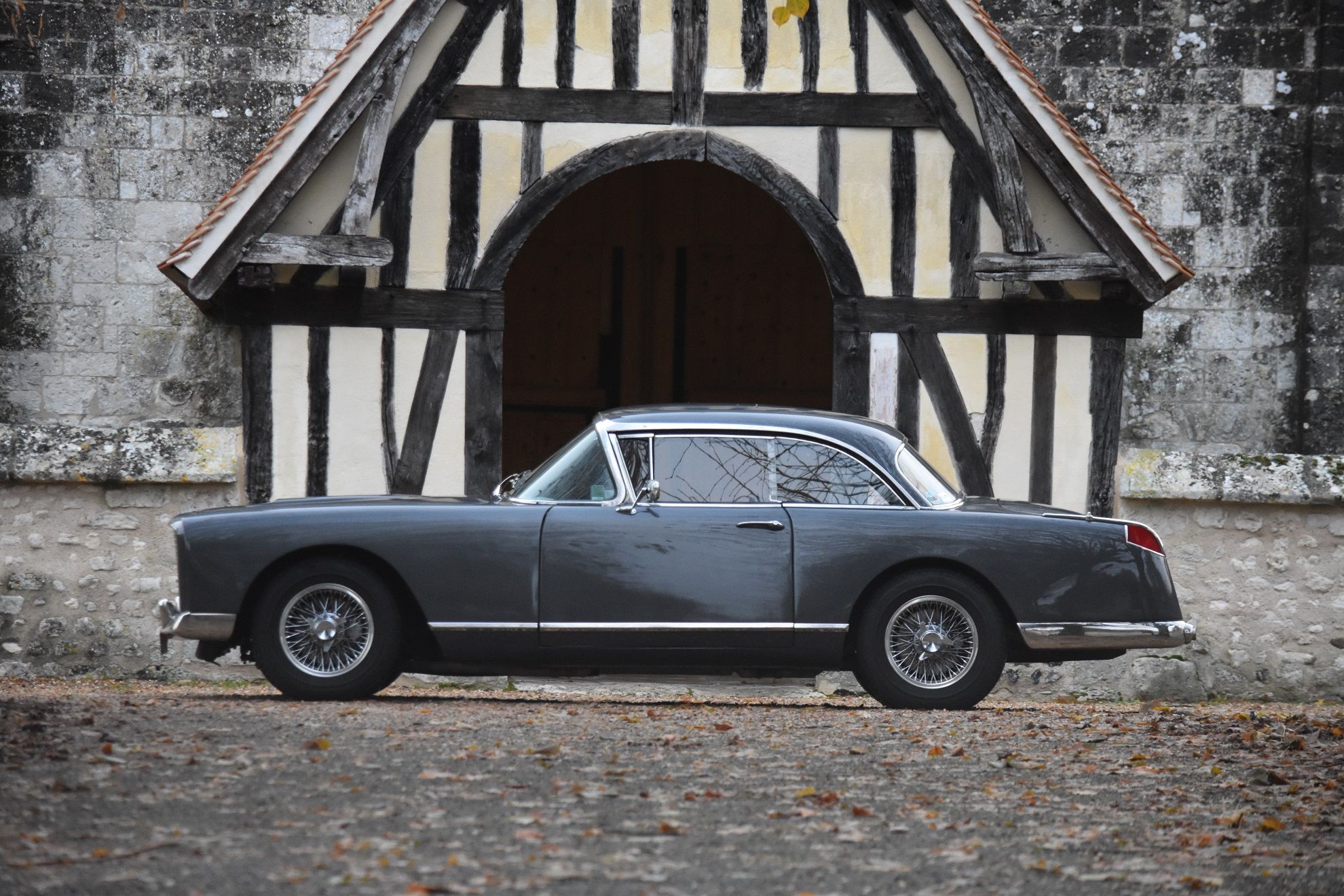
The FV was powered by a 4.5-litre DeSoto Hemi V8 block (DeSoto was one of Chrysler’s five brands then) producing 180bhp. The FV1 also featured spoked wheels, supplied by etablissements Robergel. In March 1955, the model evolved and took the name FV1. The design was the same, but the engine displacement went up to 4.8-litres, for a maximum power of 200bhp.
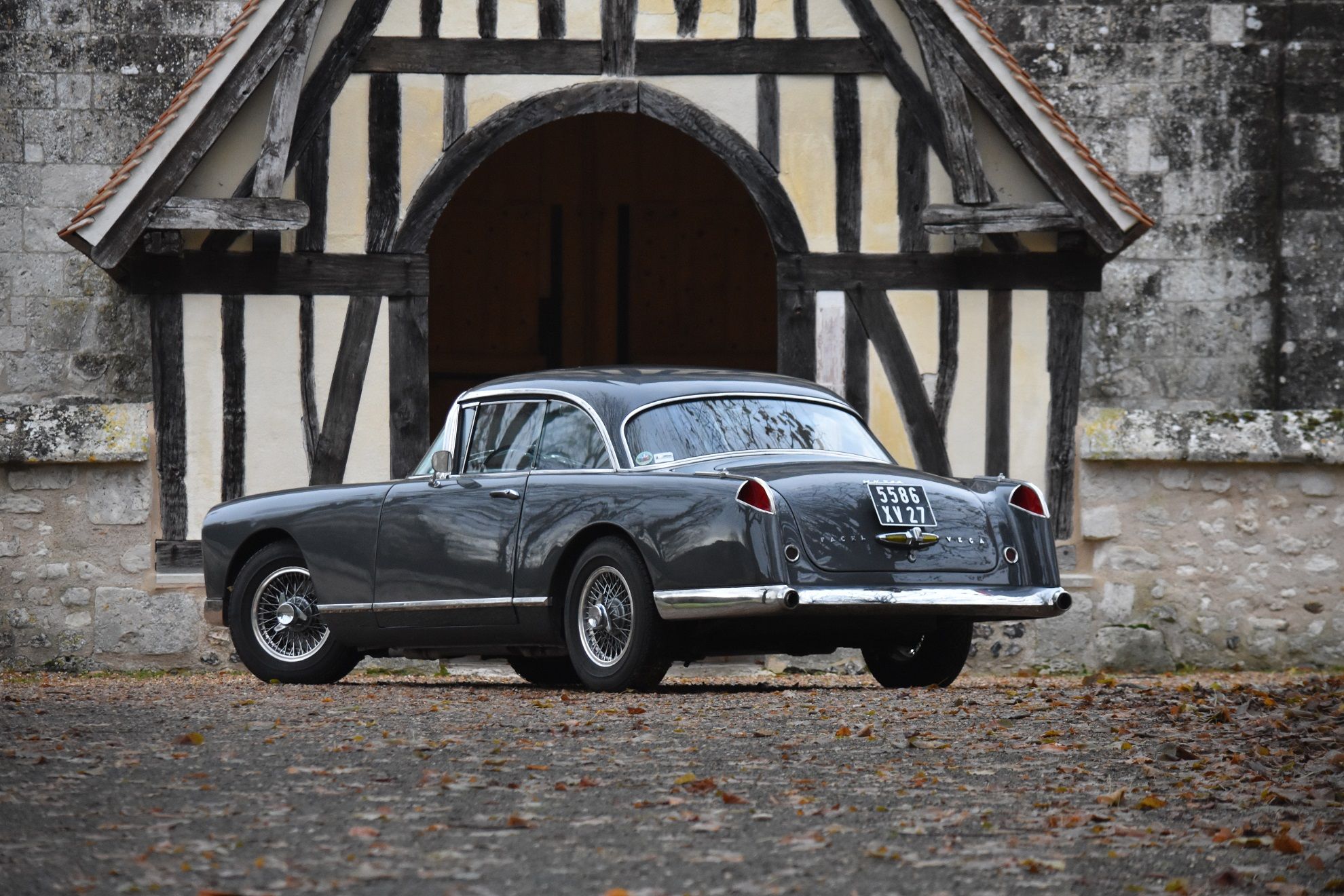
The FV2, with production starting in November ‘55, was distinguished from the previous model by its new panoramic windscreen, and its famous sheet metal dashboard which was painted to look like wood. This was by the chief painter of Facel Vega factory, Marcel Bigot, who used the technique of freehand and trompe-l'œil to give the impression of burl walnut or elm finish.

The FV3, whose production started in November 1956, differed from the previous model by a new grille with a thinner central grille and widened side grilles with a central bar. The front face had large, superimposed headlamps without trim. The engine now was a 4.5L Chrysler V8, still developing 200bhp.
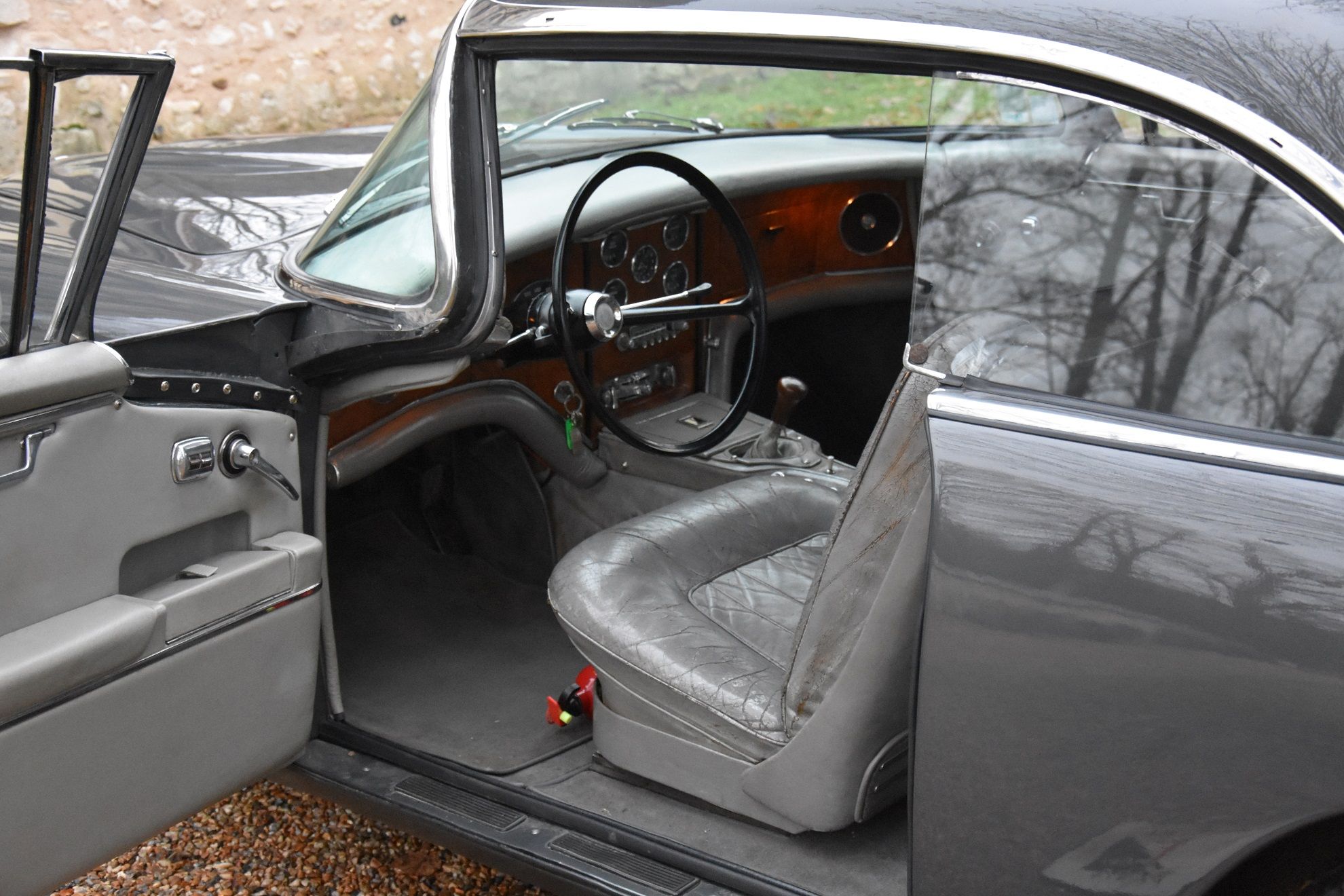
In March 1957, the model evolved and took on the moniker of FV3B. The design was similar, but the hull was widened and made slightly longer. The engine displacement increased to 4.9L, and max power went up to 253bhp.
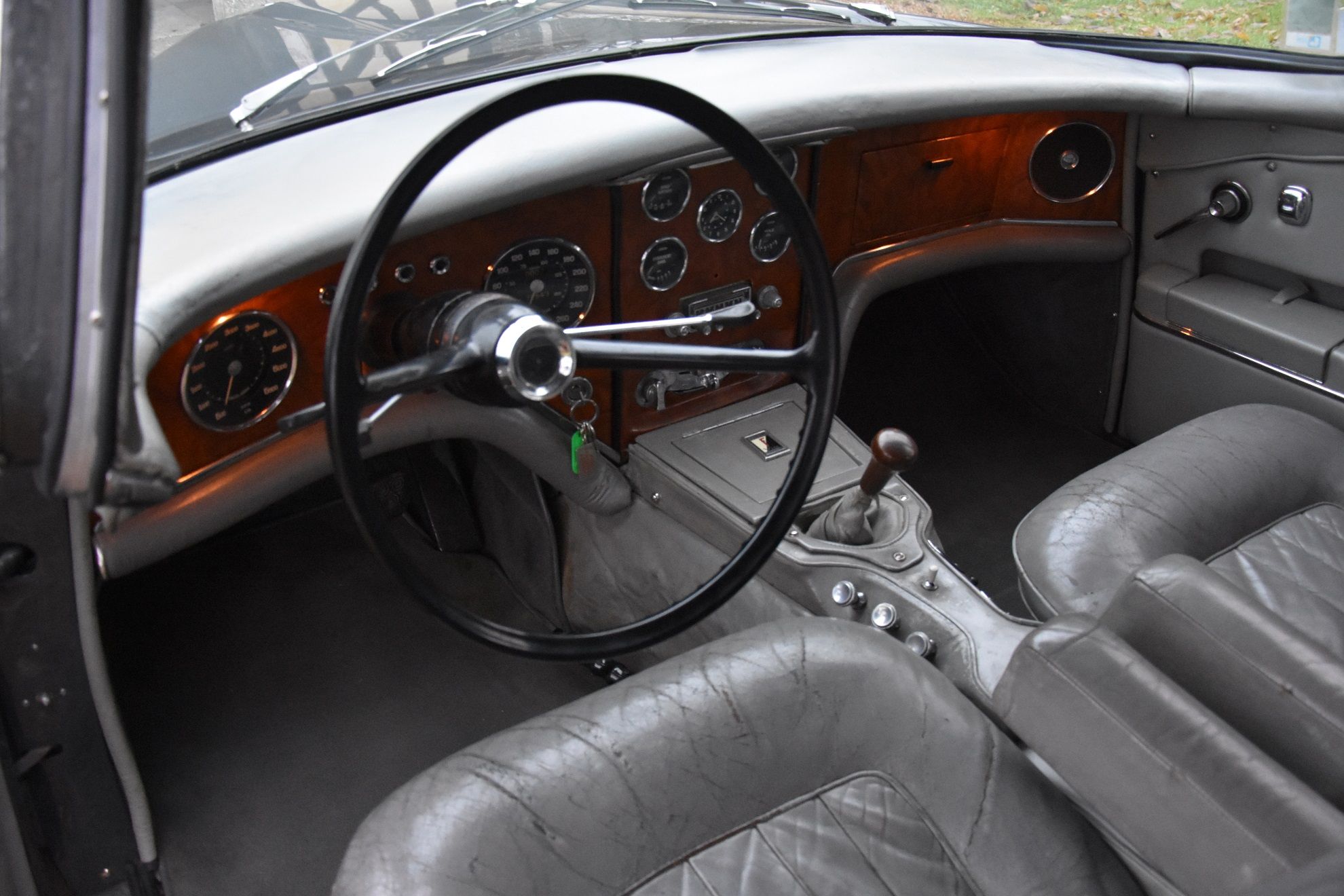
It was in a Facel Vega FV3B that the famous French writer Albert Camus was killed, when the car, driven by his friend Michel Gallimard, met with an accident. Gallimard too died in the same accident.
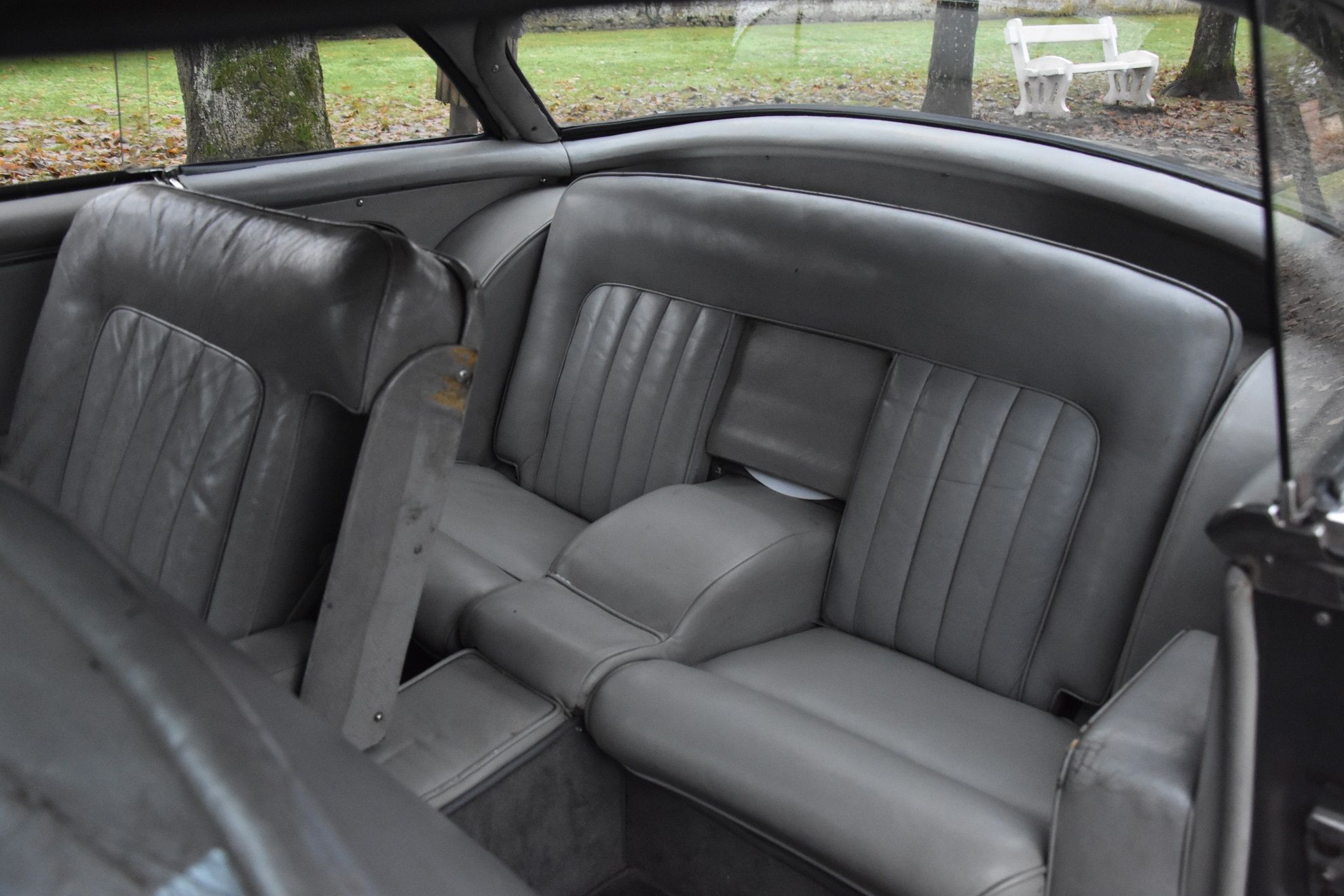
In June 1958, the FV3B was replaced by the HK 500, which was the ultimate evolution of the FV series. The denomination HK 500 came from its weight/power ratio of five kilos per hp, which was exceptional back then. A commercial success, as many as 490 of the HK 500 would be made until May 1961, making it the best-selling Facel Vega until then.
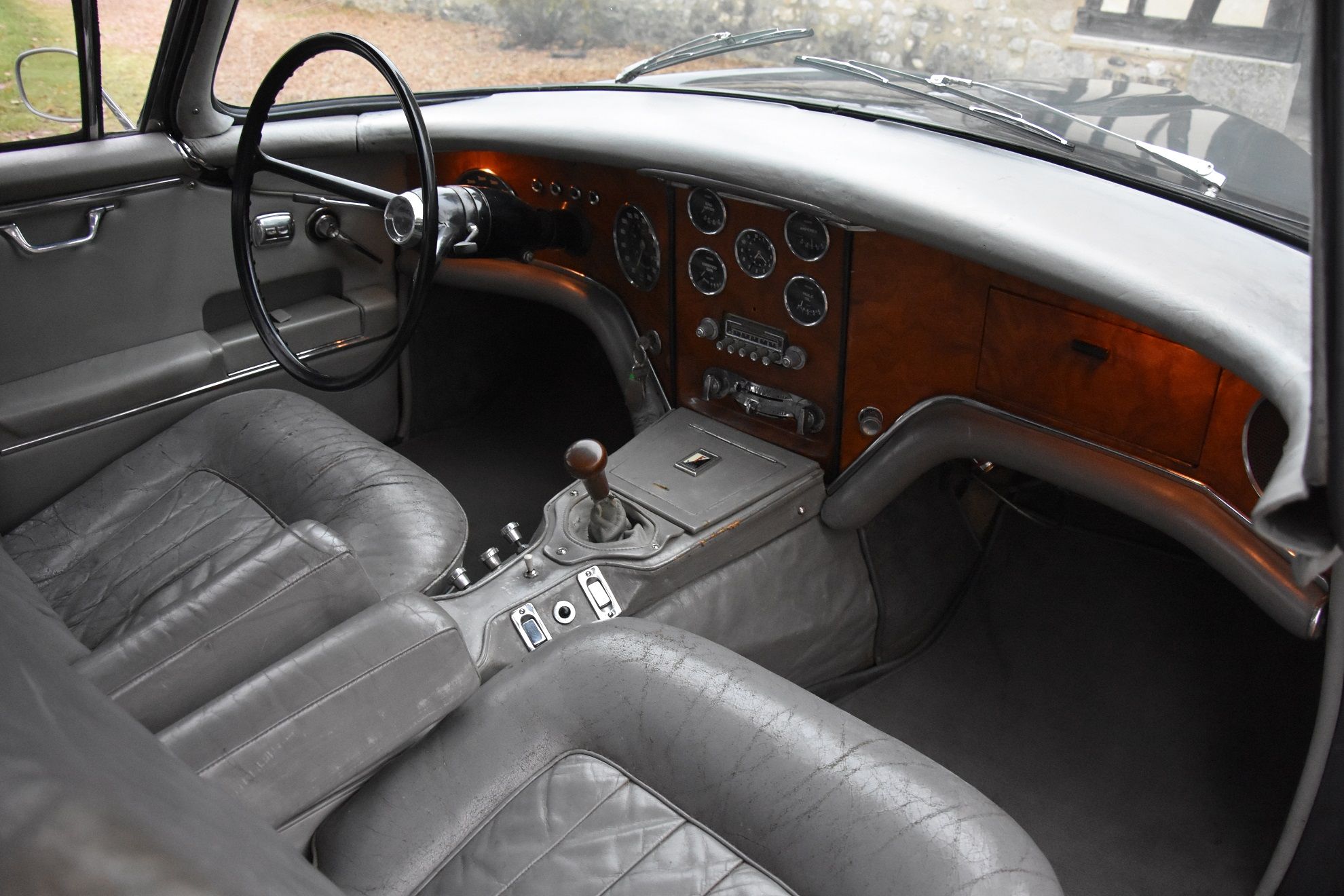
Launched at the Paris Motor Show in October 1958 (although production had started in May of the same year), it is rated as the most accomplished Facel Vega with a V8 engine. The HK 500 featured a 5.9L Chrysler V8, developing 360bhp with a manual gearbox, or 335bhp with the Chrysler Torqueflite automatic ‘box.
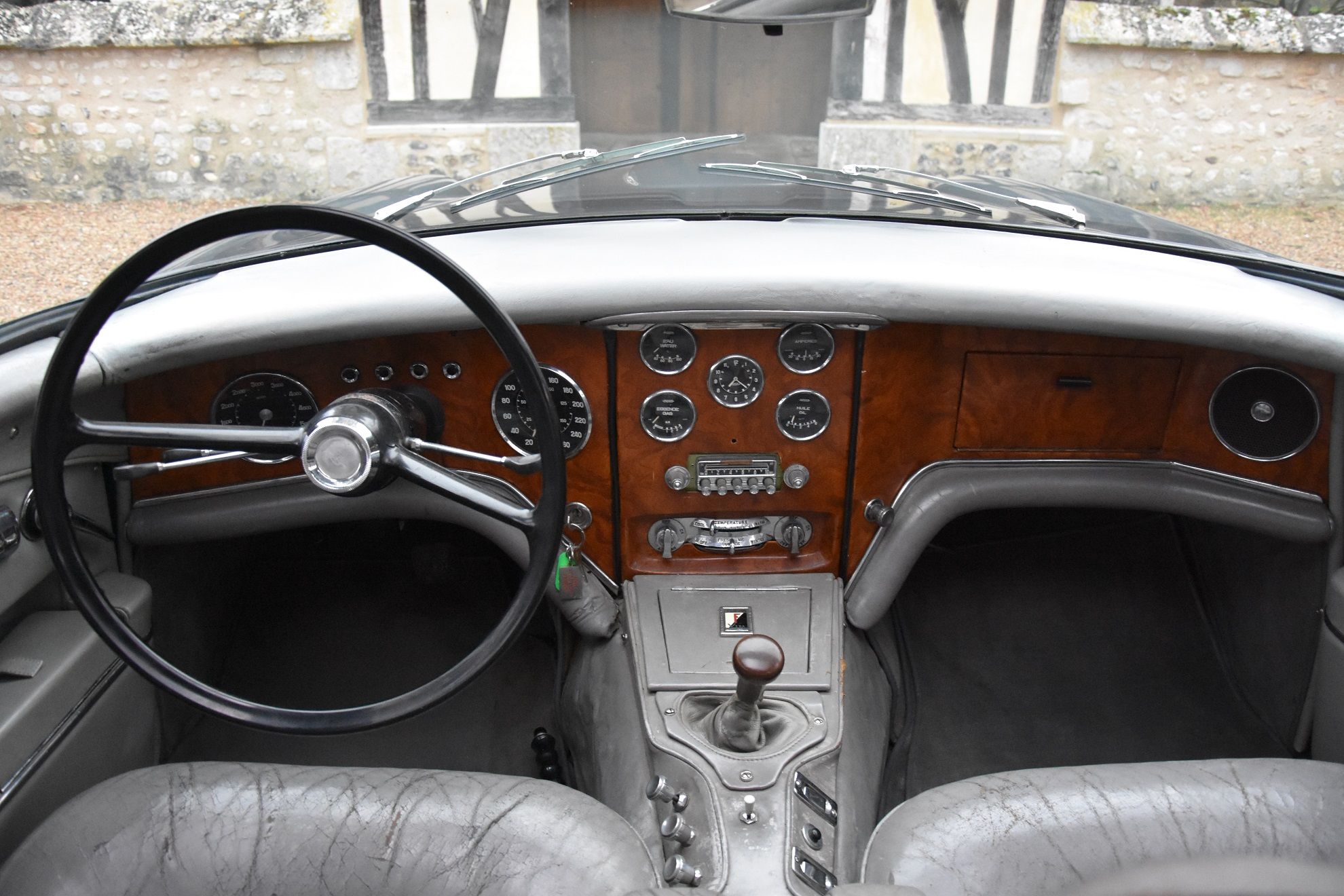
To give decent stopping power to the world’s fastest four-seater, the HK 500 was the first Facel Vega to adopt Dunlop disc brakes on all four wheels. Initially available as an option, these brakes were fitted as standard eventually. Other options included power steering, tinted windows, an air conditioning system and a bespoke luggage set. The car was also the brand's first model available with right-hand drive, which may have been the reason racing star Stirling Moss had one (as did French F1 star Maurice Trintignant).
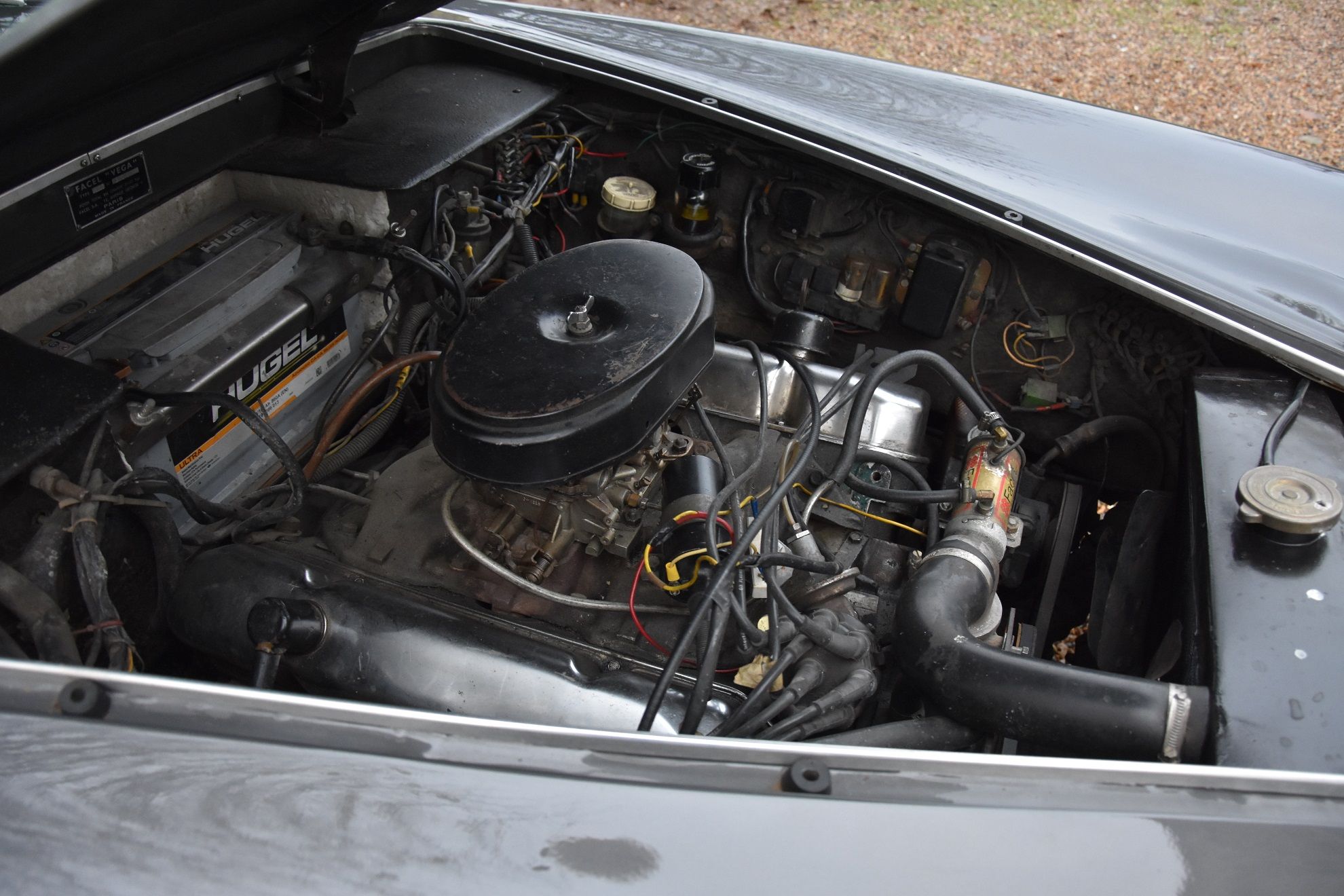
The car that you see here is another one that is coming up for auction at Artcurial Motorcars' forthcoming auction at Salon Retromobile, in Paris (1–5 February 2023). It is also one of the star cars from Facel Vega enthusiast Alain Ragault’s collection.
First registered on 26th September 1960, in the Aude region of France, this HK 500 then was owned by a mechanic in Isère from 13th of December 1962, before being sold in Alsace on the 15th of September 1980. On 21st March 1983 it was imported into Switzerland by a lawyer. It then had three more owners before being bought by Claude Frésard in November 2000.
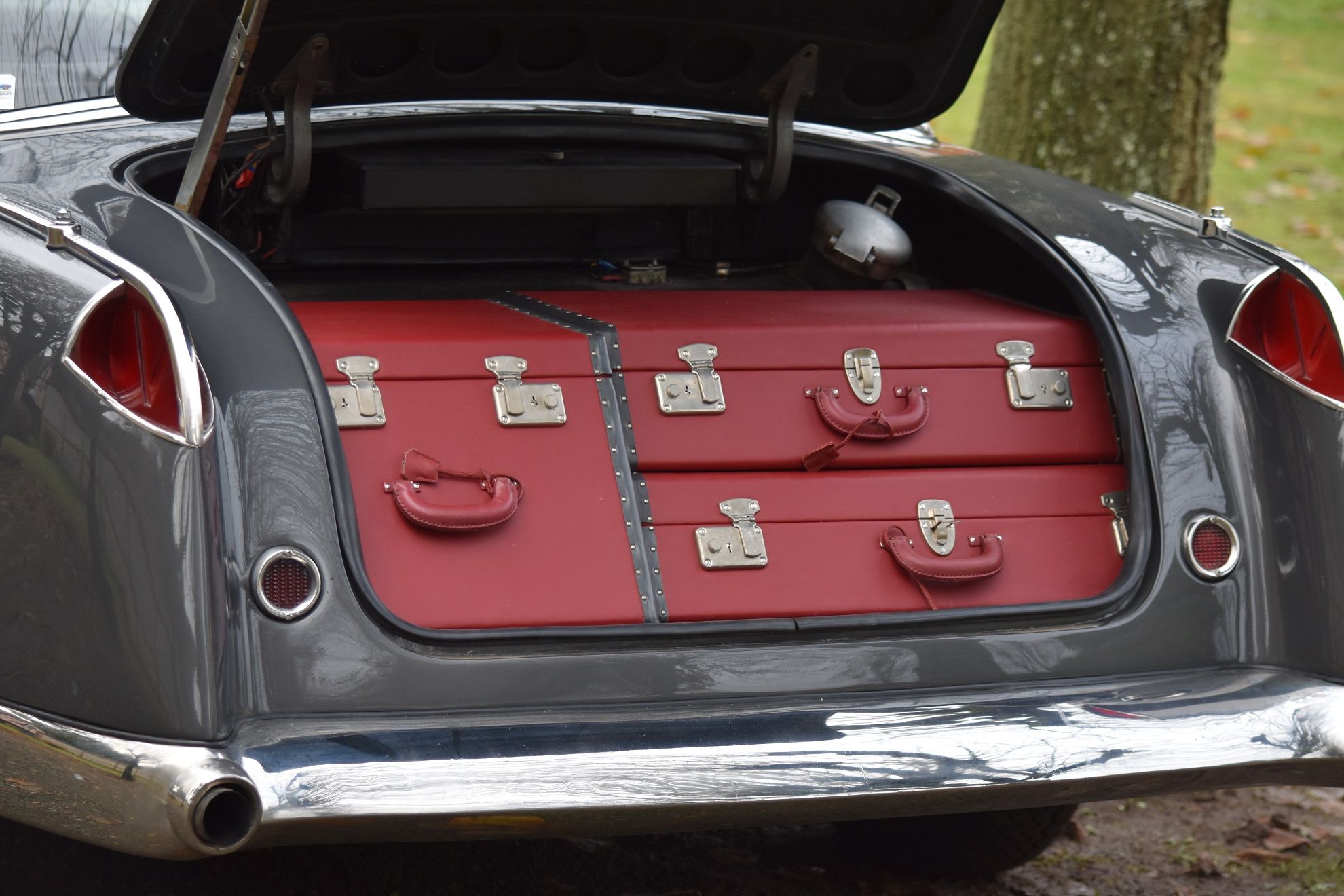
It was from a collector in Essonne that Alain Ragault acquired the car in 2003. In a shade of Gunmetal grey, the car features a matching grey leather interior, with carpets that go with it too, and which have been partially restored with the better sections left in its ‘weathered’ look. The car also has a manually operated sunroof.
The engine is a Chrysler V8, but the original Pont-à-Mousson gearbox has been replaced by a manual ZF ‘box.
The most delightful surprise is when you open the boot; it reveals a set of three tailor-made suitcases, very practical when knowing that the fuel filler neck is located precisely in the trunk!
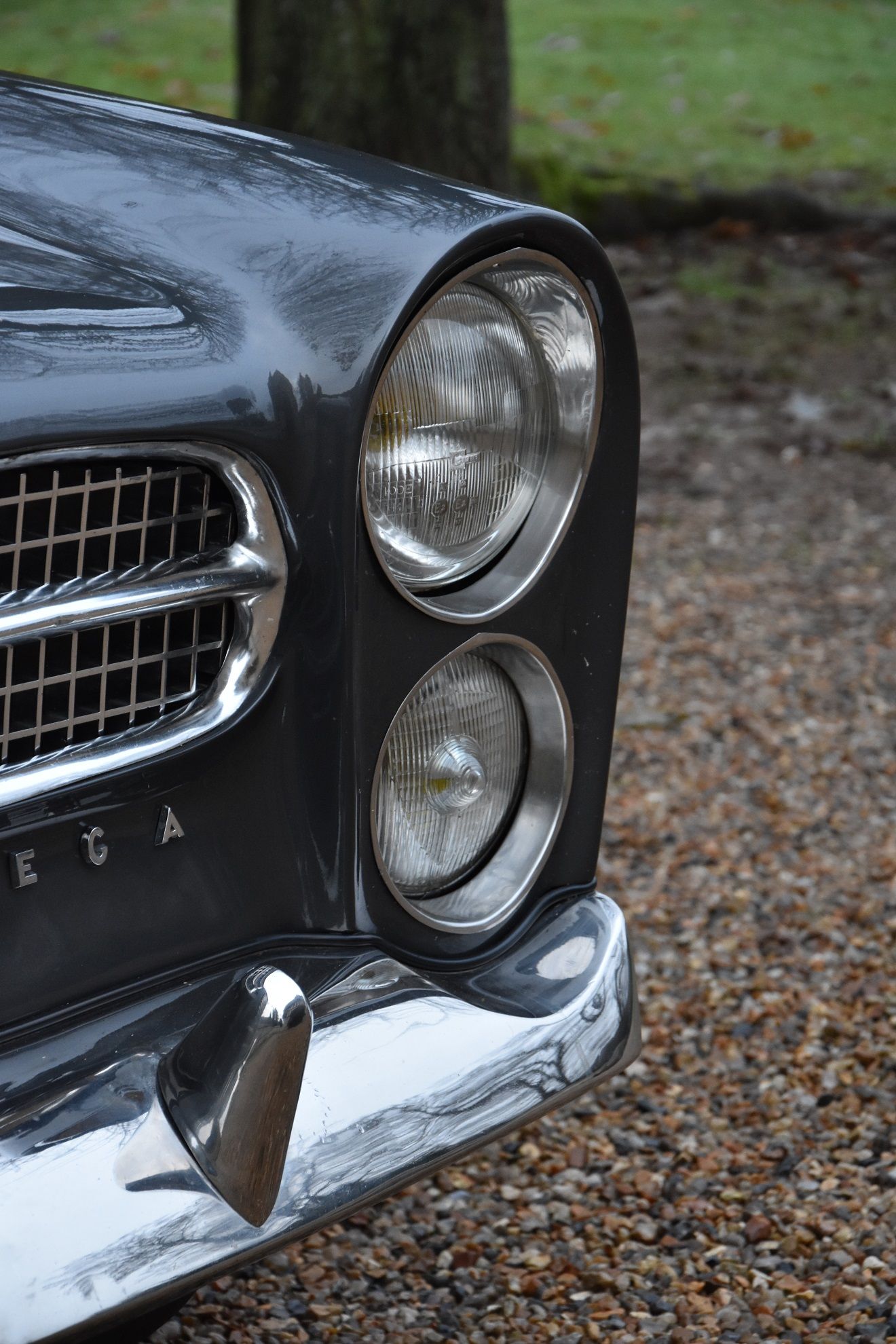
With its elegant colour combination, Borrani wire wheels and sunroof, this powerful coupe must have been a great way to travel around for motoring holidays.
Comments
Sign in or become a deRivaz & Ives member to join the conversation.
Just enter your email below to get a log in link.
